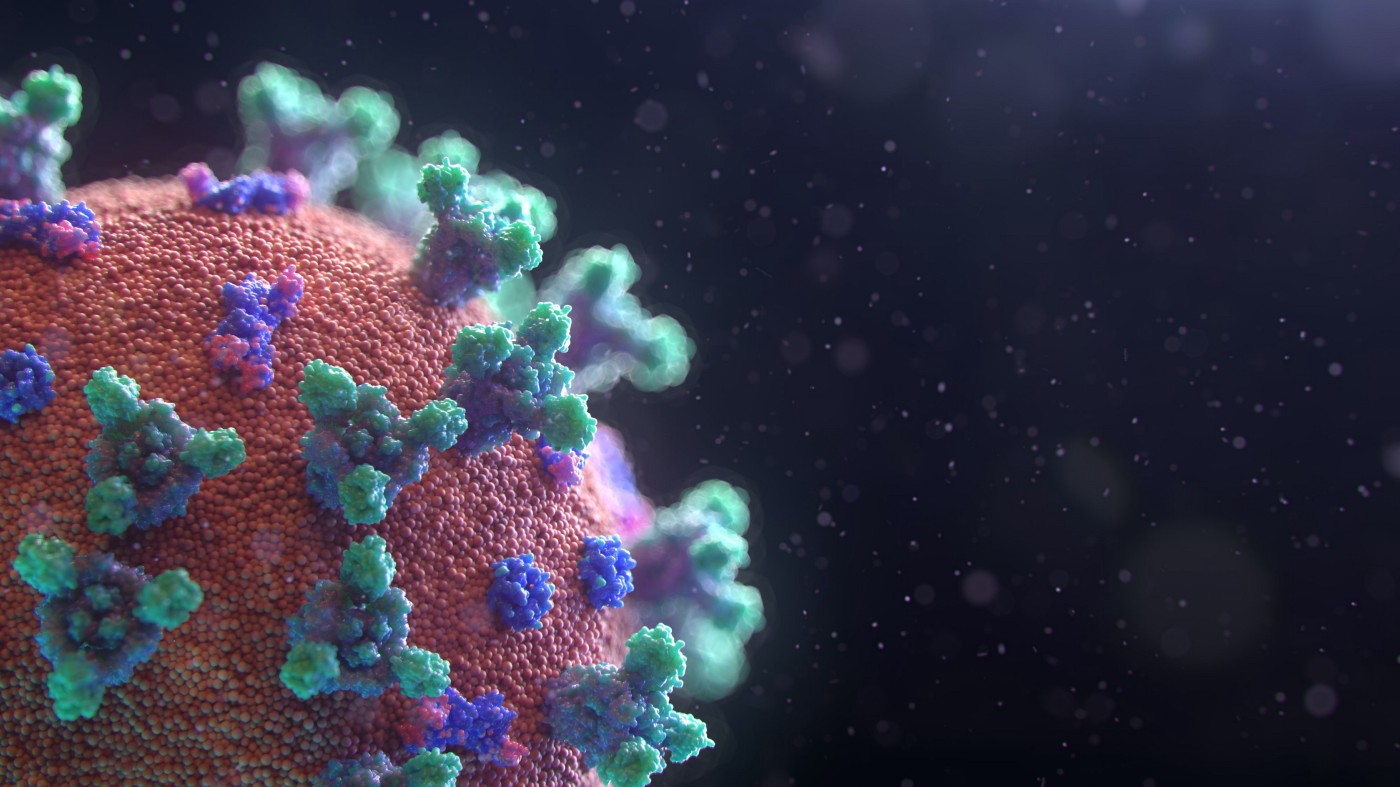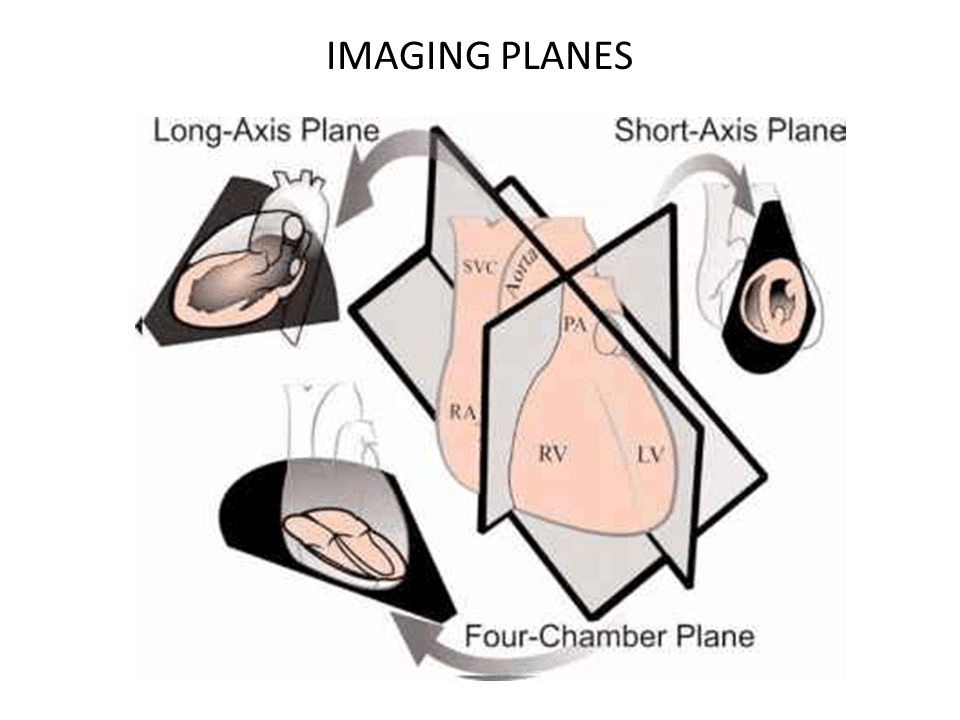Mind the messenger: Analyzing the SARS-CoV-2 transcriptome
Sep 18, 2021

Mind the messenger: Analyzing the SARS-CoV-2 transcriptome
Coronavirus disease 19 (COVID-19), a severe respiratory disease caused by infection with the novel SARS-CoV-2 virus, has impacted almost every nation globally, making it a pandemic. More than 4.91 billion doses of vaccines have been administered worldwide, but the number of infections continues to rise. mRNA-based vaccines have been developed to bring the pandemic under control in some parts of the world. This brief review will give an overview of how mRNA vaccines work and what we can learn from the transcriptome of COVID-19 patients to identify the significant marker genes responsible for disease severity and mortality.
8 min read

The Heads Hypothesis: A Unifying Statistical Approach Towards Understanding Multi-Headed Attention in BERT
BERT has been a top contender in the space of NLP models. With its sucess, a parallel stream of research, named BERTology, has emerged, that tries to understand how does BERT work so well. With the similar objective, this blog explains a novel technique for analysing the behaviour of BERT’s attention heads. Read this for interesting insights which unravel the inner working of BERT!
5 min read

Deep learning in biomedical image analysis
Medical imaging, specifically radiologic imaging is the most commonly used diagnostic tool for disease diagnosis and treatment assessment for a wide variety of conditions. Over the last decades the image acquisition hardware has improved significantly and corresponding image reconstruction software has become more sophisticated. These provide increasingly complex data both in terms of size and content, making it a challenging task for radiologists to sift through and arrive at meaningful diagnosis and therapeutic assessment. The role of AI/ML techniques in this context is to act as a radiologist’s assistant to automate routine tasks and provide preliminary diagnosis. A radiologist can then use the outputs from these systems to speed up and improve accuracy of diagnosis.
3 min read